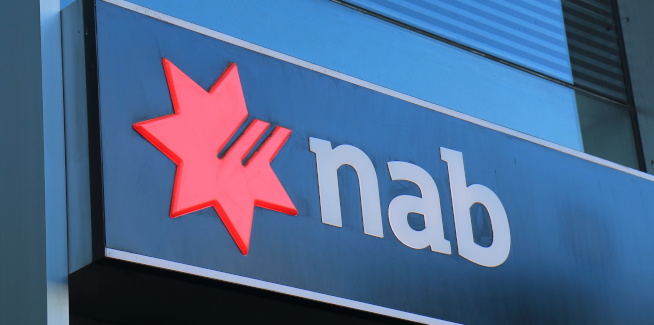Last month, NAB tipped that rates would, following a brief pause over September and October, eventually reach 2.1 per cent by November.
However, under this latest update, the big four bank now expects that interest rates will reach 2.65 per cent by November, with the trajectory seeing a 50-bp boost over August alongside two 25-bp bumps during September and November.
According to NAB, this tweaked expectation is due to the Reserve Bank continuing to assess the current level of rates as stimulatory, the importance of “both inflation outcomes and the outlook for the labour market”, and to avoid “overheating the economy”.
Further, the big four bank has said that it now predicts the cash rate will reach 2.6 per cent by February – three months earlier than it previously forecasted.
“Pausing there would give the RBA comfort that it has moved away from a stimulatory setting while allowing for an assessment of the impact of higher rates on the economy and the evolution of inflation based on incoming data,” NAB said in its latest report.
Wage growth is also tipped to reach around 3.5 per cent by the end of 2023, with inflation predicted to be between 2 per cent and 3 per cent.
NAB also expects headline inflation to rise to 6.3 per cent year-on-year over the second quarter of 2022, and underlying inflation to hit 4.7 per cent over this same period.
By the fourth quarter, this is tipped to hit 7.2 per cent and 5.4 per cent respectively.
Last month, the RBA said that inflation could potentially reach 7 per cent by December.
However, NAB has stipulated that there is a chance this outlook could change if the RBA decides to “further front-load rate hikes to get to neutral more quickly”.
“Further to the upside, the wage response to a tight labour market remains uncertain, with these levels of unemployment not seen during the inflation targeting regime,” the bank added.
“A more rapid increase in wage growth may warrant both the RBA moving more quickly and into restrictive territory.”
Earlier this week, Westpac updated its outlook, noting that both September and October will see hike freezes, following a 50-bp boost in August.
Like NAB, the lender expects the cash rate to hit 2.6 per cent by February.
Housing value decline to accelerate, strongest in capital cities
In addition to this new prediction, NAB has also flagged that it predicts dwelling values to fall by up to 18 per cent between now and December 2023.
According to the major bank, price declines will “likely accelerate over the next six months as the impact of higher rates continues to flow through”.
This collapse in values will be most prevalent across Sydney and Melbourne, the major bank said, with the rest of the country predicted to eventually experience a similar trend in declining values.
Capital cities will report a loss of 3.5 per cent by the end of 2022, according to NAB’s latest prediction, followed by a 14 per cent decline over 2023.
Earlier this month, PropTrack reported that housing across the country experienced its “sharpest slowdown” in over 30 years during June.
Similar findings from CoreLogic also reported a significant loss in values for Australian housing last month, driven almost entirely by value falls in both Sydney and Melbourne.
NAB also now speculates that GDP will now grow by 2.3 per cent over 2022, and 1.8 per cent over both 2023 and 2024.
[Related: Rates to boost by 50 bps, pause by September: Westpac]
 ;
;